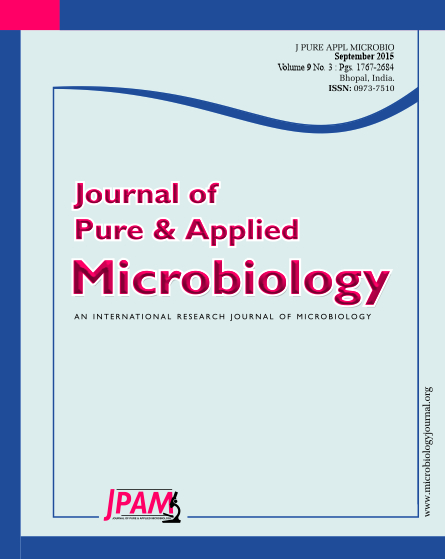Prior to adherence to Caco-2 cell, the strain has to be screened for their hydrophobicity and further autoagregation ability need to be studied. The aim of this study were to screen for hydrophobicity activity of Bifidobacterium pseudocatenulatum KAKii and to optimize the best pH and temperature conditions for better autoagregation using FCCD-response surface methodology approached. In this study, cell surface hydrophobicity test of Bifidobacterium pseudocatenulatum KAKii was carried out based on microbial adhesion to hydrocarbons (MATH) technique using three hydrocarbon solvents (hexadecane, xylene and toluene). Based on MATH test, the percentage of hydrophobicity (H %) obtained revealed that this local strain was able to manifest a good degree of hydrophobicity however, slightly lower than comparative strain. Further optimization of autoaggregation activity using FCCD-RSM was revealed that the optimum pH and time for strong autoaggregation activity of local probiotic B. pseudocatenulatum KAKii was between pH 6.5 and 7.0 at 4h of incubation time, respectively. As a conclusion, this study indicated that cell surface hydrophobicity and autoaggregation ability can be used for preliminary selection and identification of novel probiotic bacteria for further exploitation in food, pharmaceutical and medical industry.
Bifidobacteria, Hydrophobicity, Autoaggregation, Optimization of time and ph, FCCD-RSM
© The Author(s) 2015. Open Access. This article is distributed under the terms of the Creative Commons Attribution 4.0 International License which permits unrestricted use, sharing, distribution, and reproduction in any medium, provided you give appropriate credit to the original author(s) and the source, provide a link to the Creative Commons license, and indicate if changes were made.


